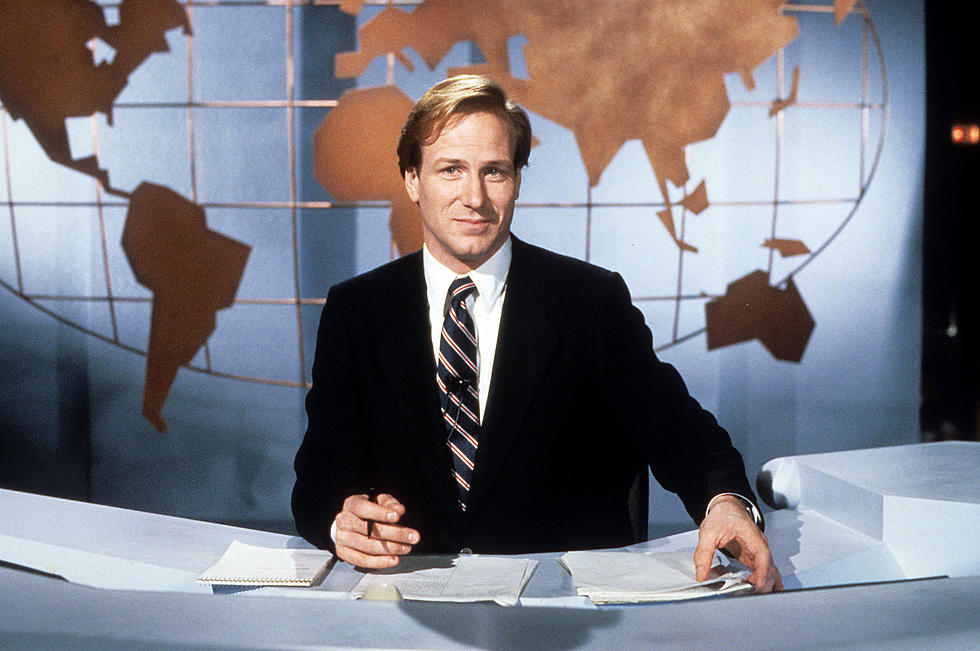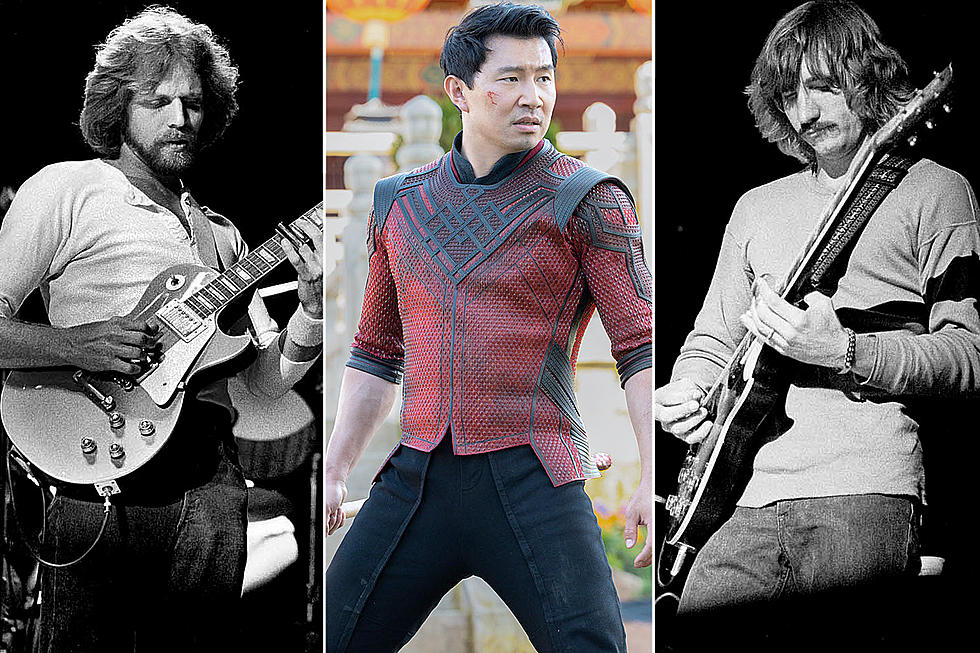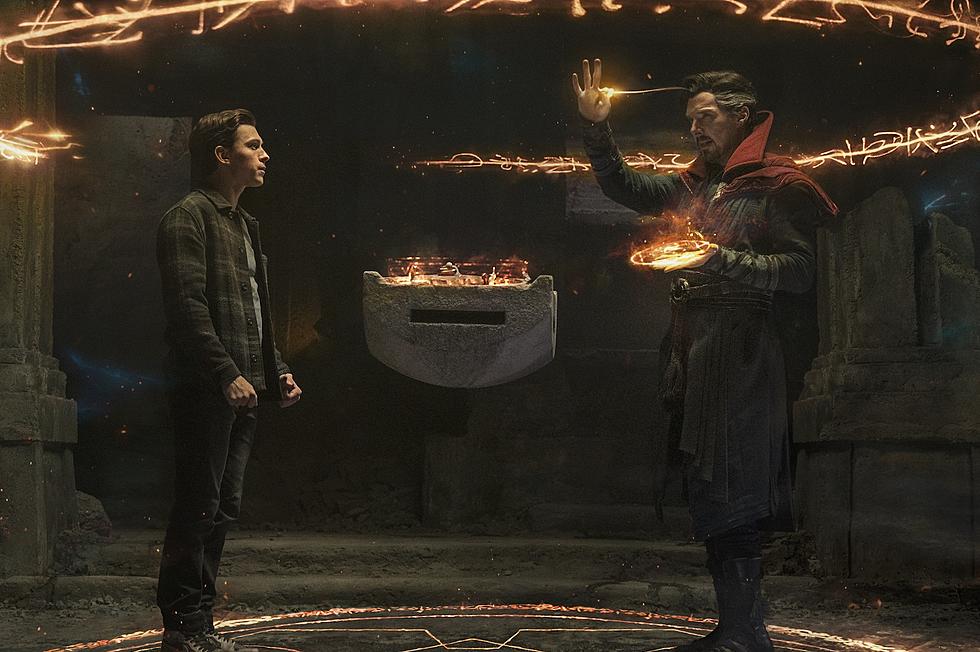
Stan Lee, Co-Creator of Spider-Man and the Avengers, Dies at 95
It’s tough to get too upset about the death of anyone who’s lived to the age of 95. That’s a darn good run for anyone. But when the person who’s passed away is Stan Lee, one of the architects of the Marvel Universe (and, by extension, the Marvel Cinematic Universe), it’s hard not to be sad. According to The Hollywood Reporter, Lee died today in Los Angeles.
At times Lee’s contributions to Marvel were overstated (including, occasionally, by Lee himself); he was by no means the sole creator of Marvel or its characters. The company existed before him, and he wouldn’t have made much of note without the help of collaborators like Jack Kirby, Steve Ditko, John Romita, and others. But Lee was undeniably the co-creator of dozens of Marvel characters like Spider-Man, the X-Men, Iron Man, Thor, Ant-Man, and the Avengers. And when he ascended to the head of Marvel editorial, and began churning out books like Fantastic Four and The Incredible Hulk, he changed the pop culture landscape forever.
Even with all those characters to his name, Stan Lee’s greatest creation may have been Stan Lee. He was born in 1922 as Stanley Lieber. Raised in New York City, Lieber dreamed of becoming an author; his goal was nothing less than writing “the great American novel.” In 1939, he joined what was then called Timely Comics (his cousin was married to the boss, and helped get him a job). He started as an assistant, but rose quickly through the ranks; by 1941, before he was even 20 years old, Lieber was a Timely editor. His first published story in what became Marvel Comics was a text piece titled “Captain America Foils the Traitor's Revenge.” Not wanting to have his real name tarnished by an association with the lowly world of comics, he wrote the story under a pen name: Stan Lee. It stuck.
It was more than a name, though; it was a persona that became almost as important to Marvel’s enormous success as the incredible stable of new and reimagined characters that Lee and the rest of the Marvel Bullpen churned out through the 1960s. Stan filled Marvel Comics with his own ingratiating, fourth-wall breaking commentary. He answered fan letters, penned a regular “Stan’s Soapbox” column, and gave the staff clever nicknames. He gave the fans nicknames too; they became “True Believers” and “Marvel Zombies.” Long before it became the standard mode of cultural consumption, Lee made Marvel fans feel like part of an exclusive club, and he encouraged them to believe his success was theirs as well.
There is a reason Lee was beloved by Marvel fans; he treated them well. Here is a personal story. In 1990, a company put out a series of Marvel Universe trading cards. At least in my little hometown in New Jersey, they were incredibly popular. My friends and I feverishly collected them; assembling the entire set was one of the proudest moments of my childhood. My younger brother, however, decided to mail his Stan Lee and Spider-Man cards to Stan Lee and ask him for his autograph. I thought he was crazy. He was throwing away Marvel cards! There was no way in hell he was going to get them back.
Except he did. A couple weeks later, there was an envelope from Marvel; inside were my brother’s two cards, both imprinted with Stan the Man’s unmistakable signature in blue Sharpie marker. They’re still sitting in my brother’s old room at my parents’ house. Here’s a picture of them.
After cranking out dozens of comics a year all through the 1960s, Lee slowly ceded control of Marvel editorial to others. By the 1980s, his role in the company was largely ceremonial, though Lee worked for a time trying to get Marvel’s properties adapted into films and television shows (His name still appears on everything Marvel produces as an executive producer). He’s been long past his creative prime for many years, but he kept plugging along, churning out a seemingly endless stream of concepts that were turned into graphic novels, television films, and multimedia projects. Some were modest successes, like Lee’s Just Imagine series for DC Comics, where he reimagined iconic DC heroes like Superman, Wonder Woman, and Flash. A few were disasters; the rise and fall of Stan Lee Media had more sordid drama than an Avengers/X-Men crossover.
Lee’s willingness to slap his name onto almost anything may have diluted his brand, but there was something very endearing about how Lee filled his later years with enthusiasm, creativity, and boundless energy. Until very recently, his schedule was constantly full with convention appearances and, of course, his cameos in every Marvel movie based on his co-creations. Younger generations will probably remember him this way.
In retrospect, it’s sort of interesting that Lee changed his name to write comic books. He may not have wanted “Stanley Lieber” associated with that kind of trash, but his remarkable body of work and his tireless promotional efforts ensured that no one today would adopt a pen name to write for Marvel. In the final accounting, no human being on this earth ever did more to make comic books respectable mainstream entertainment than Stan Lee.
So thank you, Stan. Thank you for the characters and the stories. Thank you for the evident joy you took in being Stan Lee, comics’ gregarious ambassador. You made it seem fun to make comics, and you definitely made it more fun to read comics. Stan Lee never did write the “great American novel.” Instead, he did something much, much greater. One last time Stan, excelsior.
Gallery - The Marvel Movie Posters Ever:
More From Retro 102.5










